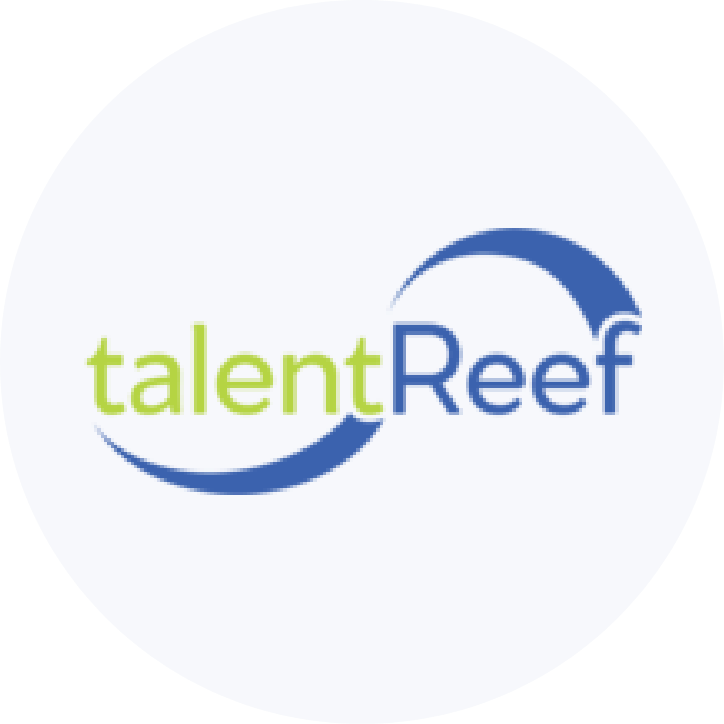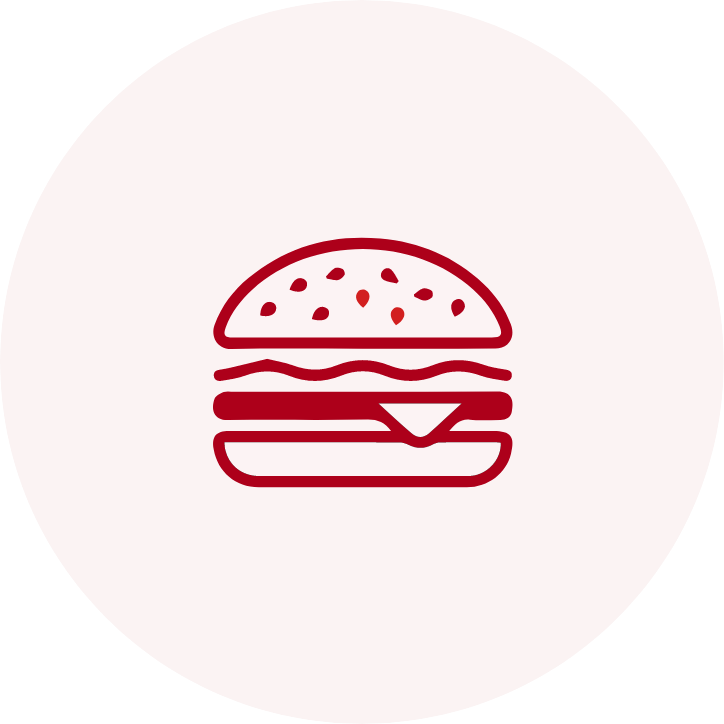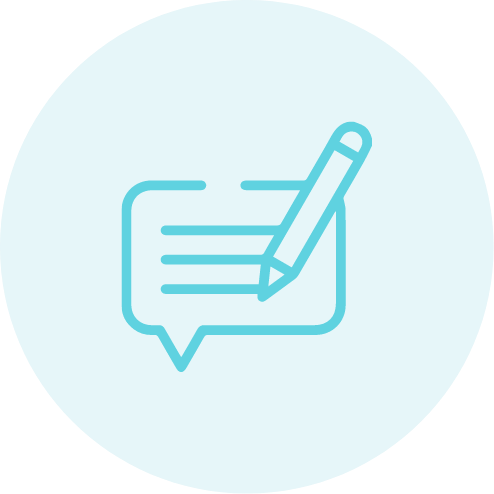You’re in desperate need of additional crew members at your restaurant. Despite your recruitment efforts, it seems like nothing is working. This hiring headache is keeping you up at night; you can’t remember the last time you slept a full eight hours. When one person finally applies, you hire that individual on the spot.
Desperate times call for desperate measures — or do they? Amidst a severe labor shortage, you might be tempted to hire any applicant. However, it’s crucial to be selective during the hiring process, even if it means turning down a potential hire. Why? You need to break the costly cycle of employee turnover in order to improve your hiring process, and that starts with hiring the right individuals.
How to Improve the Hiring Process
So, what is the best hiring process? While there isn’t a one-size-fits-all answer, (though wouldn’t that be nice?), it’s imperative to have a strong hiring plan so you can be selective; only hire individuals that you know will stay long-term, and boost employee retention. We’ve compiled a list of hiring process tips you can easily implement to improve your hiring process.
1. Stop Allocating Resources to Recruitment
Redirect your efforts from recruiting to finding the right fit. The best individual for your open manager position might actually be one of your current top-performing employees. Consider internal hiring – a best practice that’s commonly overlooked but well-worth the focus. Promoting employees from within shows that you care about their future, thus boosting employee engagement. Especially now, people don’t just want an hourly job – they want a career. Plus, internal hires save you time and thousands of dollars in hiring expenses.
2. Prioritize Soft Skills Over Industry Experience
If you choose to hire externally, resist the urge to hire solely based on a resume or an applicant’s experience. According to a recent survey, 97% of employers said soft skills — like growth and leadership — can be more important than direct experience. These are crucial when analyzing whether or not an individual will stay at your business long-term because soft skills indicate employee longevity. Here are some examples of questions you can ask to analyze an applicant’s soft skills:
- Adaptability: Tell us about something you were asked to do that you have never done before. How did you react, and what did you learn?
- Collaboration: Can you give us an example of when you had to work with someone who was difficult? How did you handle the situation?
3. Implement Hiring Technology
When it comes to improving hiring practices, technology is not an option – it’s a requirement. Recent innovations like AI screening tools can dramatically reduce time spent on the hiring process, therefore improving your (and your employees’) work-life balance and mental health. To learn which technology is the right fit for your business, check out our free Must-Have Hiring Tech Guide.
4. Optimize Job Postings
There are 11 million job openings in the U.S., so it’s important to take the time to craft effective job descriptions. Be sure to include an accurate job title, overview, responsibilities, qualifications, and competitive pay. Remember, the more engaging and descriptive your posting is, the more likely applicants will take the time to apply. And, if you have the bandwidth, consider promoting your job posting on social media platforms like LinkedIn, Facebook, Twitter, and even TikTok.
The Benefits of Better Hiring Practices
Essentially, when you make these simple changes, you’ll maximize the productivity of your own hiring process. This will naturally lead to higher employee morale and retention. You’ll save thousands of dollars so you can allocate resources to daily operations or other work-related tasks. Say goodbye to long days, and say hello to more time spent with loved ones.
Complete All Four Hiring Practices With One Solution: Sprockets
Trusted by top brands like Dairy Queen, Visiting Angels, and Planet Fitness, Sprockets’ AI-powered platform understands which characteristics make your best employees great and assigns each top performer a Fit Score of one through ten. Our Applicant Matching System then reveals which potential hires are most like your current top-performing employees, ultimately empowering you to make smarter hiring decisions every time. Plus, our solution is proven to boost 90-day employee retention by an average of 43%.






























